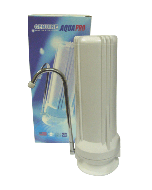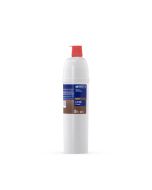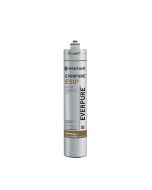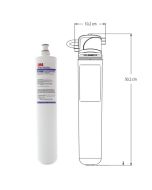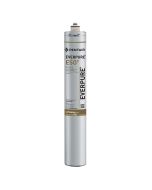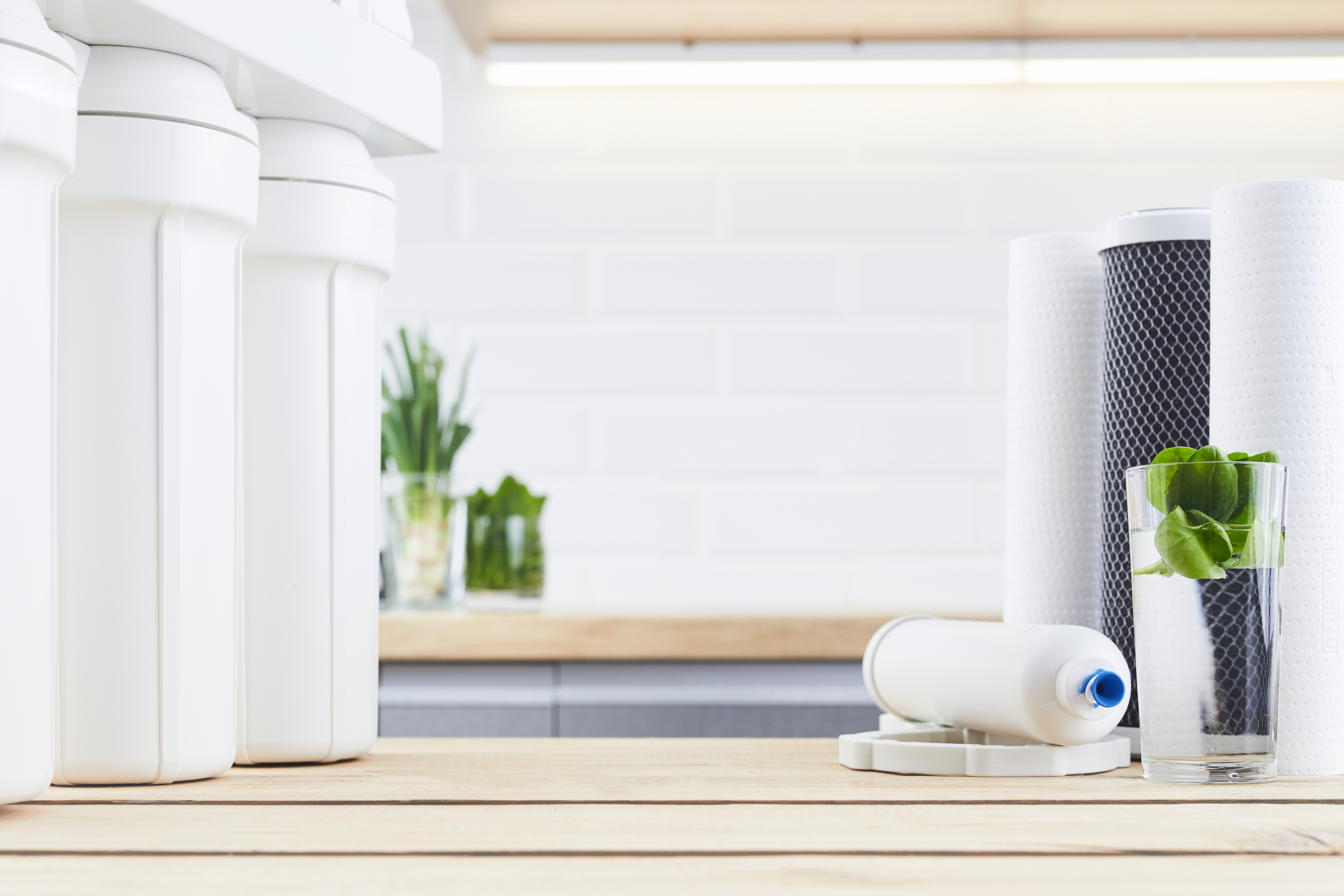
In every water source, there are many different types of elements which have charged molecules, called ions. When there are above-average levels of magnesium and calcium ions in your water supply, the water is referred to as being ‘hard’. This hardness in the water can drastically reduce the overall life expectancy and efficiency of equipment and also affect the taste, odour and overall aesthetics of your water. One of the most common and economical ways to minimise the effects of hard water is to utilise a water softening filter cartridge, or an ion exchange media system.
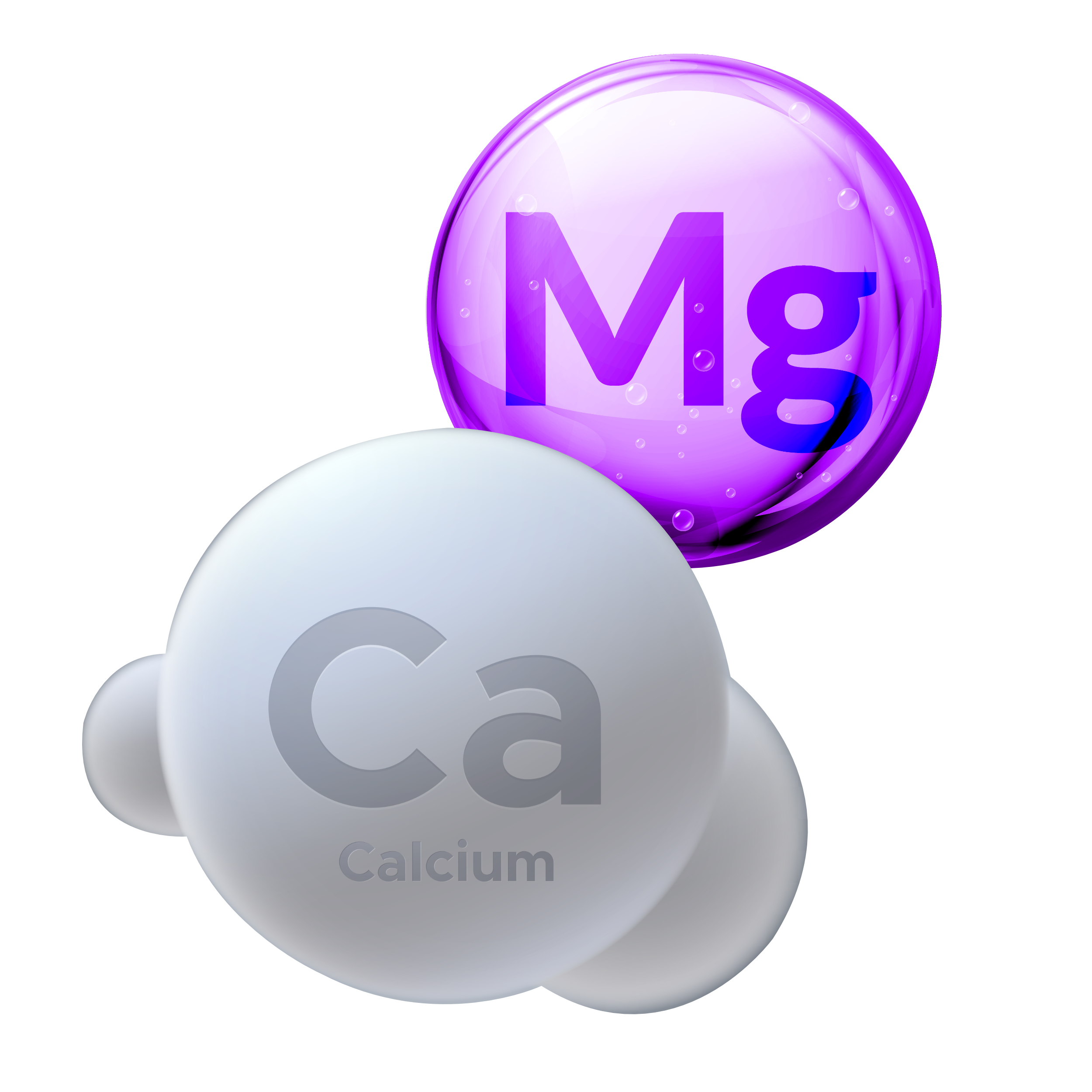

An ion exchange media system removes certain ions from your water and replaces them with ions that will make the water ‘softer’. In this ion exchange, the calcium and magnesium ions are removed and replaced with hydrogen and sodium ions. This is because unlike magnesium and calcium, hydrogen and sodium do not have the ability to be deposited as a solid form. Calcium and magnesium ion deposits appear as a white crust called lime scale that you might see in water pipes and coffee machine boilers. When this ion exchange takes place, your water hardness is significantly reduced, and your equipment and appliances are protected from the potential build-up of lime scale.
So how does it work?
Ions can either be positively charged (cations) or negatively charged (anions). The ion exchange process takes advantage of these different characteristics and selectively replaces ionic substances based solely on their electrical charges. The exchange is achieved by introducing a positively or negatively based ionic solution through a group of resin beads which serve as a capture point for the undesirable ions.
The most common form of resin beads seen within the Australian market are small, round, microporous beads which are commonly formed from organic polymers. When charged, ion exchange beads are designed in such a way so when a water source showers over them, the loosely affixed sodium ions on the resin are replaced by the magnesium or calcium ions, as they have a higher attraction to the resin material and less hyperactivity than the dosing ionic solution.


This method can be incredibly effective when used within the range of the capability and capacity of the cartridge. It is important to always monitor water usage as the media affords a fixed amount of capacity before the process no longer has the charge to continue working effectively.
Ion exchange filter systems are a great choice if your local water source has higher than average levels of calcium and magnesium. For more information on ion exchange, water quality, or general filter enquiries, please call our friendly sales team on 1300 724 249 or send us an email at [email protected].

